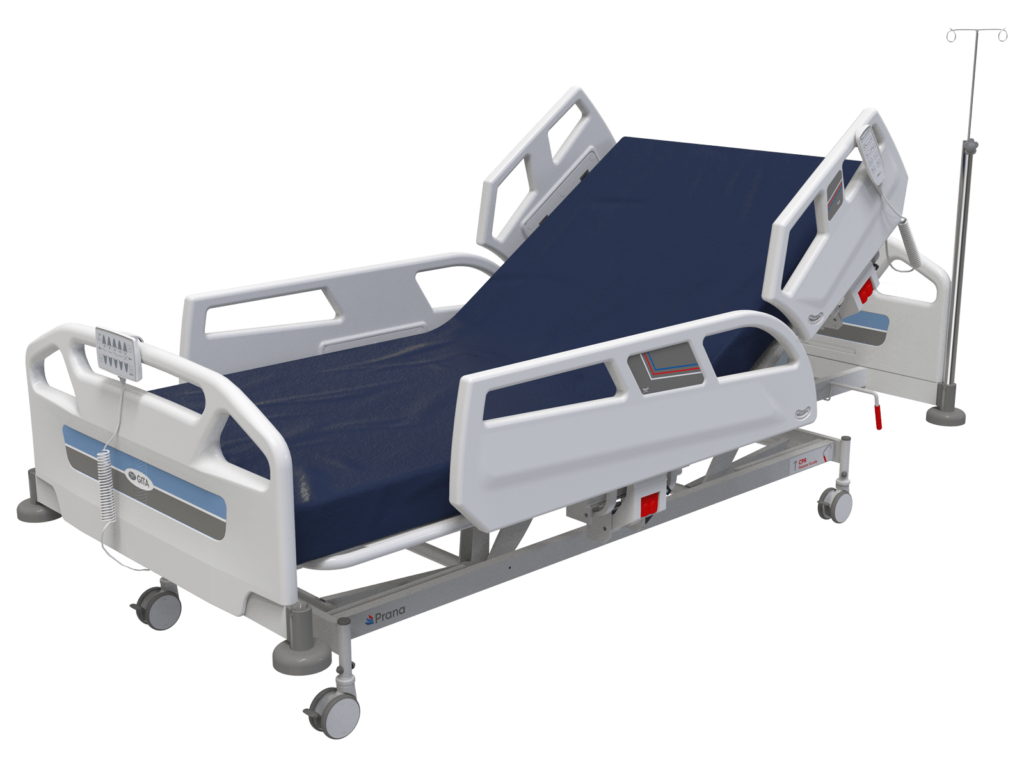No one can neglect the importance of ICU beds in providing care to critically ill patients. Apart from the treatment and medications administered by the medical team, the beds installed in the intensive or critical care units have functions and features to ease the job of caregivers and increase the comfort and safety of the patients. In this blog, we will look into things you should know about ICU beds.

ICU Bed Guidelines
An ICU bed is a specialized medical equipment that is designed to enhance the quality of care given to the patients. They are very different from general beds and are usually made of antimicrobial material to save patients from microorganisms that can lead to more problems.
For beds to be used in ICU, they should adhere to the following guidelines:
- Caregivers or medical staff should be able to control the bed using a control panel or remote, i.e., electrically instead of manually taking actions like changing positions.
- Should have a cardiac chair and Trendelenburg positions along with other bodily functions.
- Should have soft, pressure-relieving, and flexible mattresses and appropriate dimensions to keep patients comfortable.
Important Functions and Features of ICU Beds
The most significant features and functions of ICU beds are:
- CPR Release: Cardiopulmonary Resuscitation, also known as CPR, is a crucial feature of the ICU bed. It is extremely helpful in case of emergencies as the feature allows caregivers to flatten the bed position and perform the activity immediately.
- Staff controls: Critically ill patients cannot help themselves physically, which is why caregivers need to have easy controls that they can use to enhance care and save patients from trips or accidents. These controls also help them change positions and make adjustments during treatment.
- IV Poles with numerous hooks: Intravenous poles are necessary for patients who need multiple IV supplies during treatment. These poles also make it easy to supply necessary IVs when shifting the patients.
- Detachable foot and headboards: The detachable headboards can be removed when doctors need to perform intubation. In addition, these removal boards allow caregivers to put patients in a prone position.
- Automatic weighing machines: This feature allows caregivers to weigh patients while they lie on the bed.
- X-ray units: ICU beds generally have X-ray units that allow medical professionals to perform X-rays without moving the patients to the X-ray room.
- Automatic lateral therapy: This feature allows caregivers to easily shift patients to the bed as they tilt the bed’s base upwards or downwards. This is also ideal for those vulnerable to respiratory issues.
Wrapping Up
Electric ICU bed are one of the most crucial healthcare equipment hospitals need to provide quality care to severely ill patients. However, medical facilities should purchase ICU beds after considering necessary factors, including their requirements, bed quality, features, and budget.